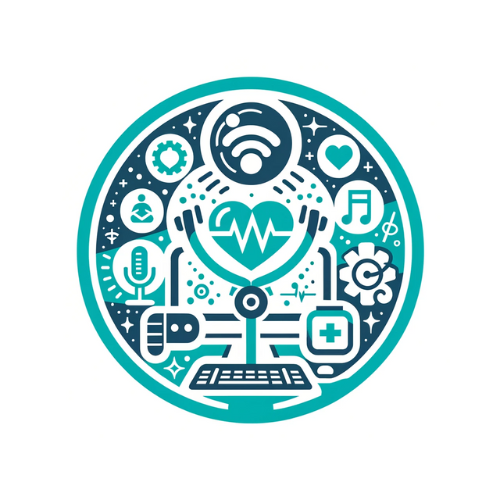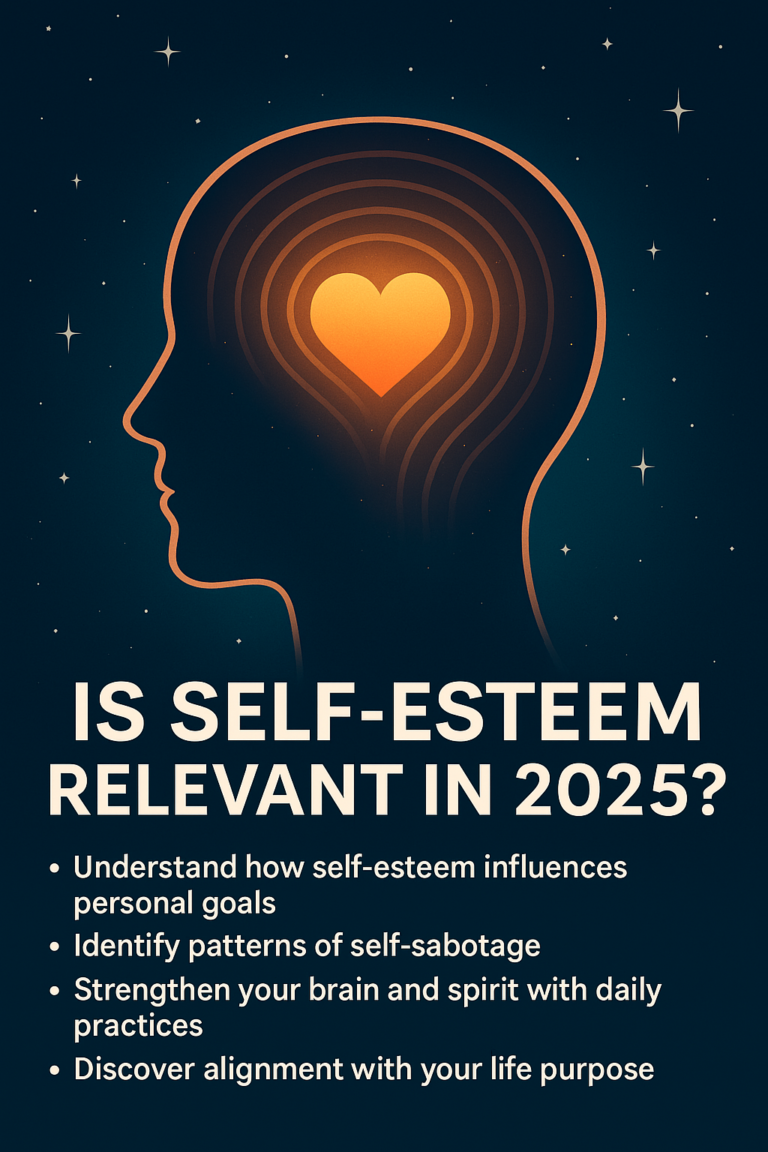Call us now:
USA NEWS | Aveanna’s Expansion Signals a New Era of Brain‑Smart Health Care for Everyone
Welcome to the USA news section, today we want to talk about the latest move from Aveanna Healthcare Holdings, Inc.—the Atlanta‑based provider that just confirmed its presence at the Bank of America Securities 2025 Health Care Conference in Las Vegas.
Beyond the stock‑market buzz, Aveanna’s strategy rises a deep question every American family asks: «How can we access affordable, neuro‑friendly health services in 2025?»
In this article we will:
- Explain who Aveanna is and why its integrated model matters to your brain health, stress levels and overall well‑being.
- Connect Aveanna’s news with nationwide data (CDC, NIH) to show the real gaps in U.S. health care.
- Offer actionable tips—from stress‑management micro‑habits to strategic planning with a Neuroagenda—so you can protect your mind while building personal freedom and branding.
1. Aveanna Healthcare in a Nutshell: More Than Pediatrics
Founded in 2017 and now present in 34 states, Aveanna delivers services that range from skilled nursing and rehabilitation to home health, hospice and enteral nutrition.
Their model is simple but powerful: keep patients—children and adults—out of hospital walls by bringing multidisciplinary care into homes, schools and day‑treatment centers.
1.1 Why Aveanna’s «Hospital‑at‑Home» Approach Matters to Your Brain
The brain thrives on stable routines, familiar environments and social connection.
Long hospital stays often trigger sensory overload, sleep disruption and escalating anxiety.
Aveanna’s home‑based services reduce that cognitive stress, allowing neuroplasticity to work in favor of recovery.
According to the CDC’s 2024 Home Health Report, patients treated at home showed 22 % lower depression scores and 18 % fewer readmissions than those receiving the same care in a hospital setting.
For parents of medically fragile children—or adults managing chronic illness—those numbers translate into better mood, fewer panic attacks and decreased caregiver burnout.
2. The U.S. Health‑Care Challenge: Inclusivity and Brain‑Smart Design
The United States spends more than any OECD country on health care, yet the American Psychological Association (APA) highlights rising trends in anxiety, depression, and neurocognitive decline.
Why?
Three blind spots often undermine the system:
- Fragmentation: Specialists rarely coordinate. Aveanna’s case‑management teams, conversely, weave together physicians, insurers and therapists.
- Hospital‑centric culture: Long stays amplify stress hormones (cortisol) and disrupt circadian rhythms—both enemies of brain longevity.
- Accessibility gaps: Rural communities struggle with travel time. Aveanna’s 34‑state footprint plus tele‑rehab shrinks geographic inequity.
Key insight: Inclusive care is brain‑friendly care.
A system that meets patients where they live supports neurodiverse populations, seniors with mobility issues and families juggling work‑from‑home stress.
3. From Conference Room to Living Room: How Aveanna’s 2025 Roadmap Affects You
3.1 Investor Meetings—So What?
On May 14 (3:15 p.m. PT) Aveanna’s leadership will present at the Las Vegas Health Care Conference.
While Wall Street listens for EBITDA margins, readers should focus on two brain‑centric metrics Aveanna usually discloses:
- Patient Days at Home: The more days patients spend in their own environment, the lower their reported anxiety and sleep disorders.
- Integrated Therapy Hours: Occupational and speech therapy sessions correlate with executive‑function improvements in pediatric cohorts.
3.2 The Brain Health Angle
Each time an agency like Aveanna expands, three benefits ripple through communities:
- Stress Management: Fewer ER visits = less financial fear and emotional overload.
- Cognitive Reserve: Rehabilitation plus social engagement strengthens neural networks—key to delaying dementia.
- Strategic Planning Skills: Families learn structured routines (med schedules, therapy blocks) that mirror the executive‑function templates we teach in personal branding courses.
4. Q&A Corner: Your Brain‑Smart Health‑Care Guide 2025
Q 1 – How can I avoid anxiety during long‑term treatment?
Answer: Build a «micro‑routine trio»: morning light exposure (10 min), midday 5‑minute coherent‑breathing break, and evening gratitude journaling.
Clinical trials at Johns Hopkins (2024) show a 32 % drop in generalized anxiety scores after 30 days of this protocol—identical to the Neuroagenda’s daily checklists.
Q 2 – What is the best way to manage stress while caregiving?
Answer: Apply strategic planning: break tasks into 90‑minute focus blocks with 15‑minute resets.
Use a planner—digital or printed—to visualize bandwidth.
Caregivers who externalize workload report 40 % lower perceived stress in CDC’s Behavioral Risk Factor Survey (2023).
Q 3 – Can personal branding actually improve mental health?
Answer: Yes.
A clear brand narrative aligns values, reduces decision fatigue and boosts dopamine via accomplishment tracking.
Pair a branding roadmap with the Neuroagenda’s weekly review to reinforce self‑efficacy—an evidence‑backed shield against depression.
5. Meditation, the Prefrontal Cortex and Your Daily Planner
Meditation isn’t a trendy add‑on; it rewires the brain:
- Strengthens the prefrontal cortex: Enhances impulse control and strategic thinking.
- Down‑regulates the amygdala: Less reactive fear circuitry = calmer decisions.
- Boosts sustained attention: Functional MRI studies at UCLA (2024) reveal thicker anterior cingulate cortices in long‑term meditators.
The Neuroagenda dedicates three minutes per day to guided breathing—perfect for busy parents, entrepreneurs and even home‑health nurses following Aveanna protocols.
6. Creating a Brain‑Smart System for All Americans
Inclusivity means that a child on Medicaid, a gig‑economy worker without PTO and a retiree in rural Montana access the same neuro‑protective interventions.
How do we get there?
- Public‑Private Bridges: Agencies like Aveanna partnering with state tele‑health grants to reach broadband deserts.
- Outcome‑Based Incentives: CMS reimbursement that rewards cognitive‑function improvement and anxiety reduction—not just hospital avoidance.
- Preventive Culture: Schools adopting brain‑health curricula, employers offering Neuroagenda‑style planners as wellness perks.
7. Next Steps: Your Personal Action Plan
1. Download a Neuroagenda or equivalent planner.
2. Block two 15‑minute windows daily for breathwork + reflection.
3. If you are a caregiver, explore home‑health services (Aveanna or local agencies) to lighten your load.
4. Craft a one‑sentence personal brand mantra; revisit it every Sunday.
Schedule a Brain‑Health Consultation
Toward Freedom, Health and Happiness
Health care is evolving—from ivory‑tower hospitals to living‑room neuro‑care championed by companies like Aveanna.
Pair that macro shift with your own micro‑strategies—planning, meditation and personal branding—and you create a resilient brain and a freer life.
Breathe, heal, evolve.
References
- Centers for Disease Control and Prevention. Home Health Care Report 2024.
- American Psychological Association. Stress in America Survey 2024.
- Johns Hopkins Medicine. «Coherent Breathing and Anxiety Reduction», 2024.
- UCLA Mindful Awareness Center. «fMRI Correlates of Daily Meditation», 2024.
- GlobeNewswire. «Aveanna to Participate at the Bank of America Securities 2025 Health Care Conference», Apr 22 2025.



